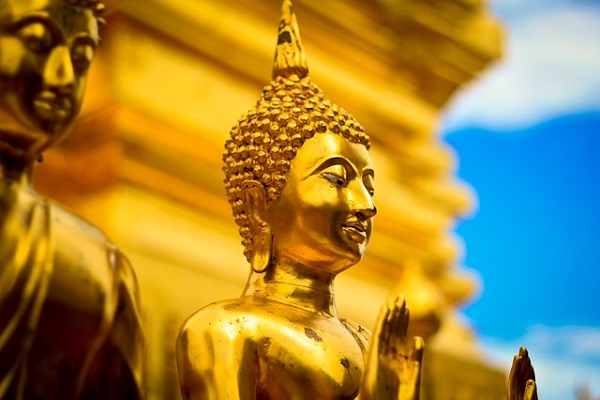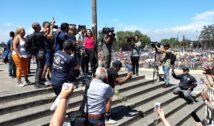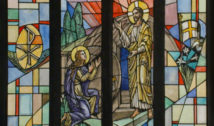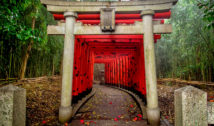
Archaeologists May Have Found The Skull Bone of The Buddha
- By Kelly Frazier --
- 07 Jul 2016 --

Ancient shrine in China may hold The Buddha’s skull bone.
Archaeologists found something quite amazing inside of a gold casket, which was stored in a silver casket, which was inside a model of a Buddhist meditation shrine (called a stupa).
Archaeologists May Have Found The Skull Bone of The Buddha.[/tweetthis]
According to the inscriptions on the stupa, which was crafted from sandalwood, silver and gold, the skull bone they found inside the gold casket belonged to none other than the Buddha himself, Siddhartha Gautama, reports Live Science.
The 1,000-year-old stupa model was found in a stone chest in a crypt beneath a Buddhist temple in Nanjing, China. The model is ornate, covered with gemstones made of crystal, glass, agate, and lapis lazuli.
The inscriptions also noted that it was built during the Song Dynasty within the reign of Emperor Zhenzong (circa 1000 A.D.).
While Buddhists worldwide still practice the teachings of Siddharta Gautama, not much is known about the life of the Buddha. This fact makes some historians question if he ever existed at all.
Archaeologists have discovered what may be a skull bone from the revered Buddha, Siddhartha Gautama https://t.co/fjEJAHBpO8
— Mike Williams (@MikesVoice) July 7, 2016
But this discovery is more evidence of the existence of Gautama, if the bone is actually what the inscriptions claim it is. Archaeologists and researchers neither confirm nor deny the claims in their report.
According to Deming, the man who wrote the inscription on the inside of the stupa, after the Buddha’s death, his body was “divided into a total of 84,000 shares,” of which China received 19.
The skull bone, as well as the remains of other Buddhist saints, was not originally stored in this location under the temple. It had been in a temple that was destroyed over the course of several wars.
Deming went on to say that the reburial of the Buddha’s remains occurred during a “most solemn and elaborate burial ceremony.” He also praised Emperor Zhenzong for rebuilding the temple for this purpose.
While it most likely will not ever be proven if this bone belonged to the Buddha, we can all use it as another piece of the puzzle that was the life of “the Master of Perfect Enlightenment.”



















